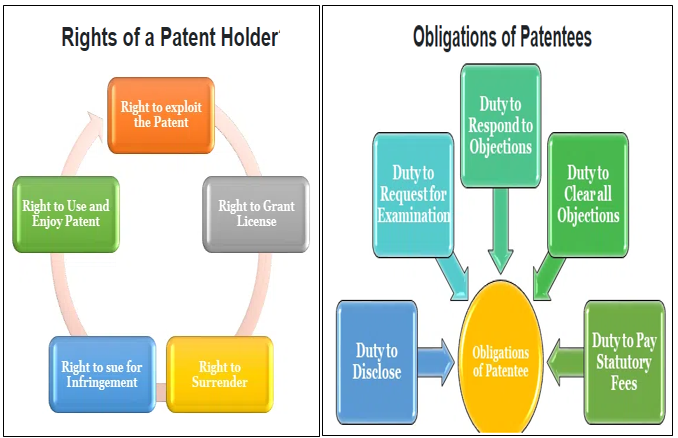In FY24, domestic patent applications have outpaced foreign ones for the first time, an analysis of Indian patent data shows.

The Supreme Court of India in Novartis v. Union of India recognized the need to curb the “Evergreening” of patents while acknowledging the need to grant patent protection to incremental innovations.
Indian Patent Act of 1970 came in the backdrop of two committees namely the Bakshi Tekchand Committee in 1949 and, later, the Justice Rajagopal Ayyangar Committee.
To know about Patent Rule in India, Click here
In 2022 India was 6th worldwide in terms of patent grants wherein a total of 30,490 patents were granted.
World Intellectual Property Organisation data showed that the countries with high spending on R&D had a lower share of foreign patent approvals.